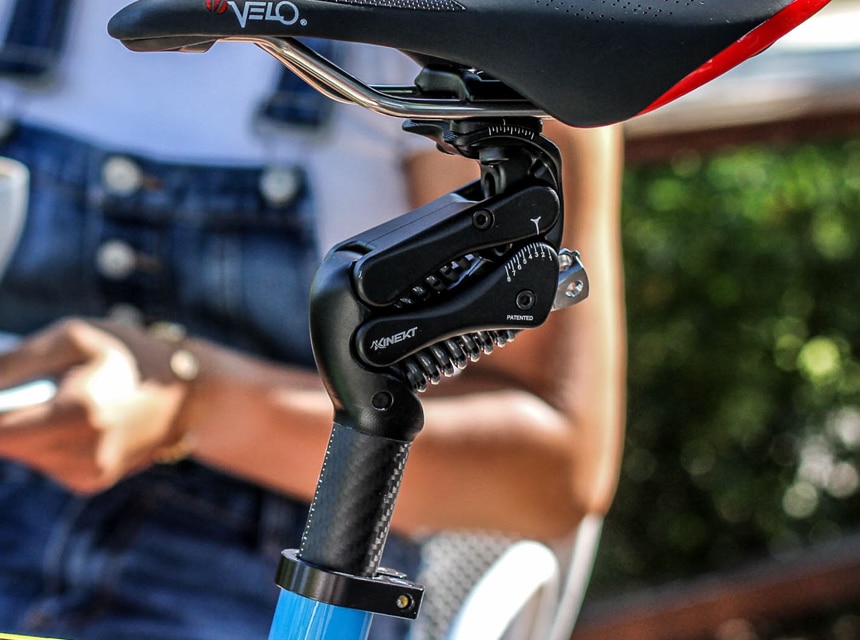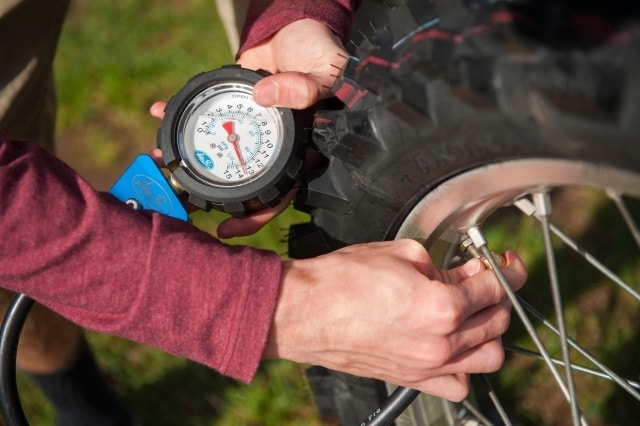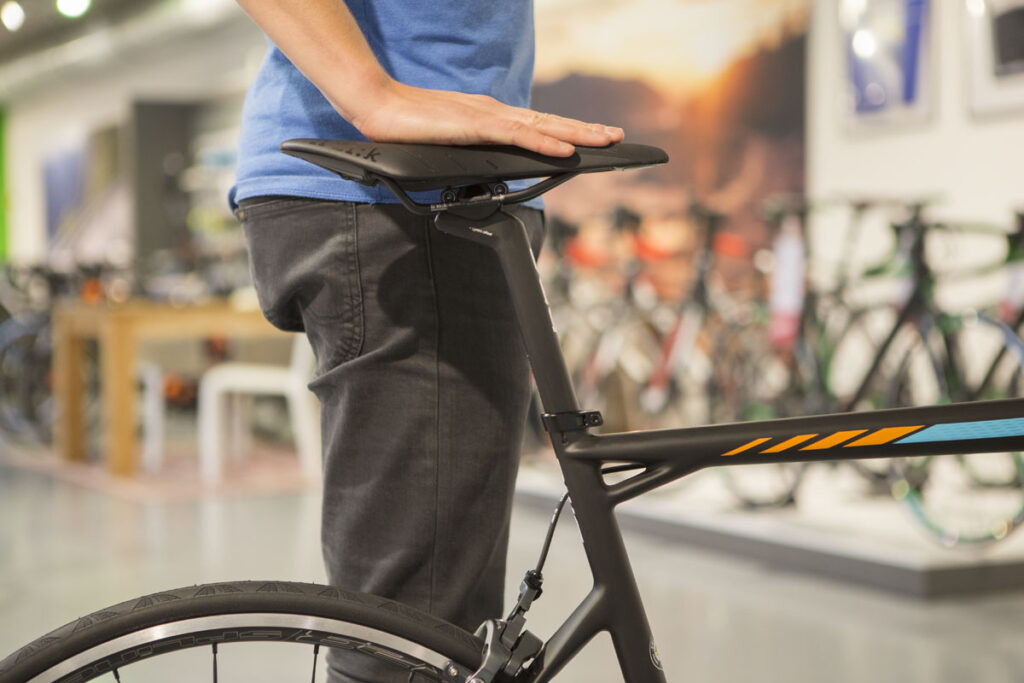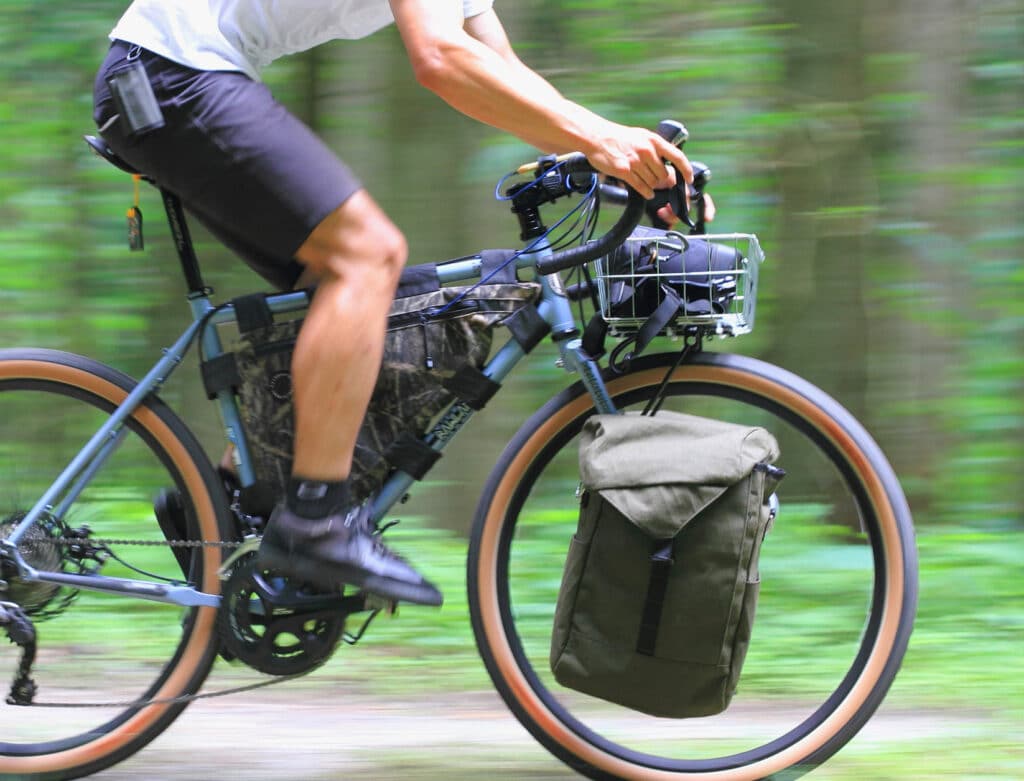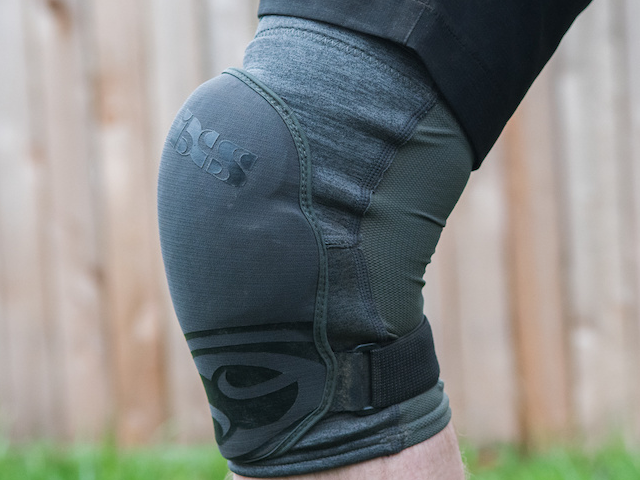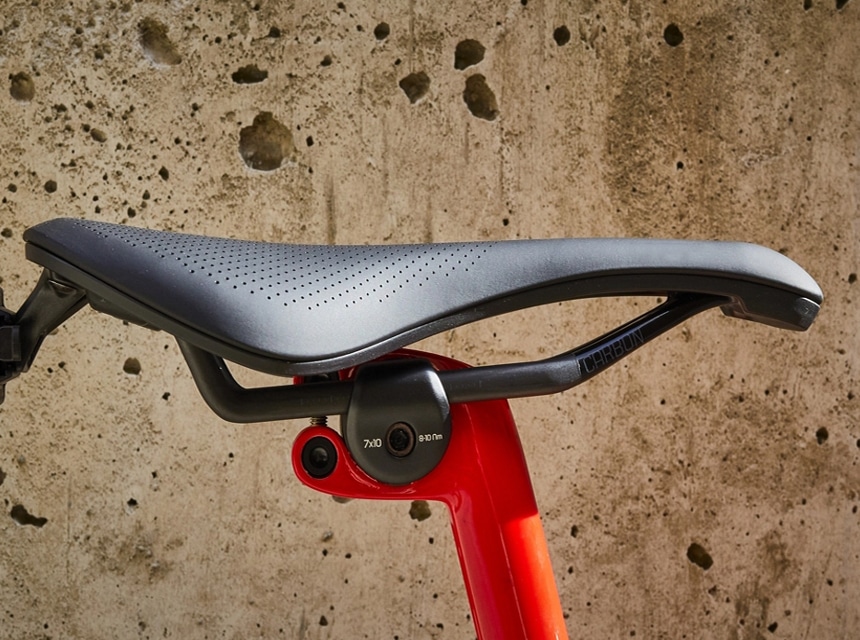- Trails
-
Bikes
-
Gear
-
Tips & Tricks
-
About us



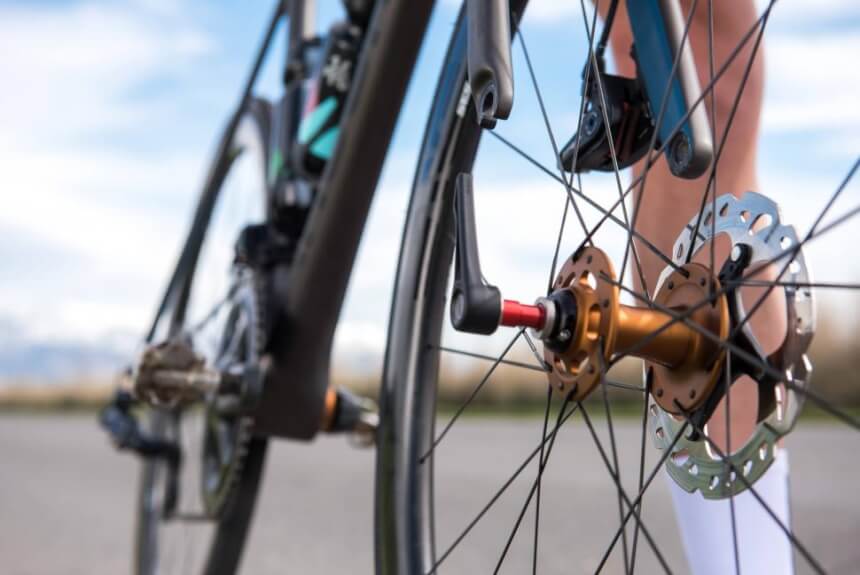 Quick release axles are the standard option for most bikes, from the best beginner road bikes to the models for more experienced, all-terrain riders. The design for the quick release axles was created by an Italian racer named
Quick release axles are the standard option for most bikes, from the best beginner road bikes to the models for more experienced, all-terrain riders. The design for the quick release axles was created by an Italian racer named 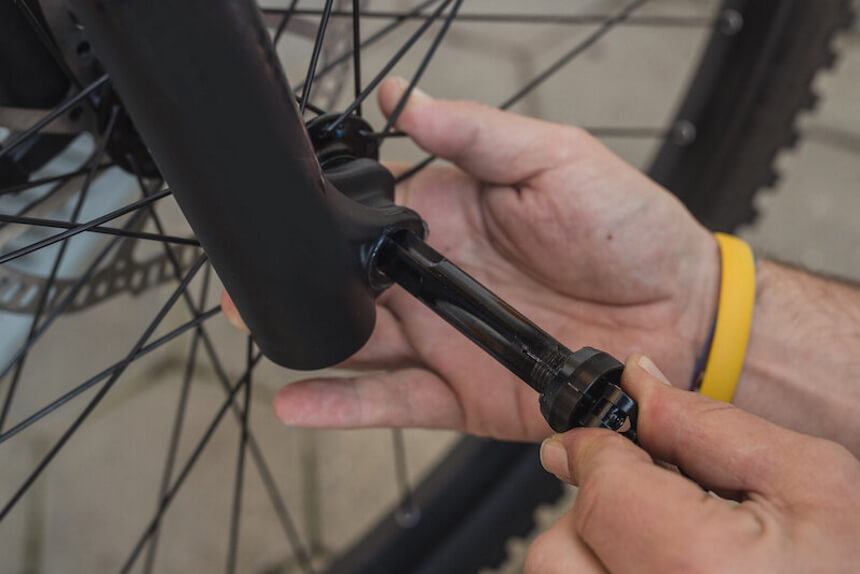 Thru axles (or bolt through axles) are another type of wheel attachment system and are designed to hold the hubs between the frame and dropouts. It can be a bit tricky to find the right type since there are no standard specifications, with several lengths, widths, and interfaces to pick from, depending on the type of bike you’re riding. Regardless of which one you need for your specific bike, all thru axles are similar in their purpose and how they are used, plus they all have the same benefits and flaws when used with your bike.
Thru axles (or bolt through axles) are another type of wheel attachment system and are designed to hold the hubs between the frame and dropouts. It can be a bit tricky to find the right type since there are no standard specifications, with several lengths, widths, and interfaces to pick from, depending on the type of bike you’re riding. Regardless of which one you need for your specific bike, all thru axles are similar in their purpose and how they are used, plus they all have the same benefits and flaws when used with your bike.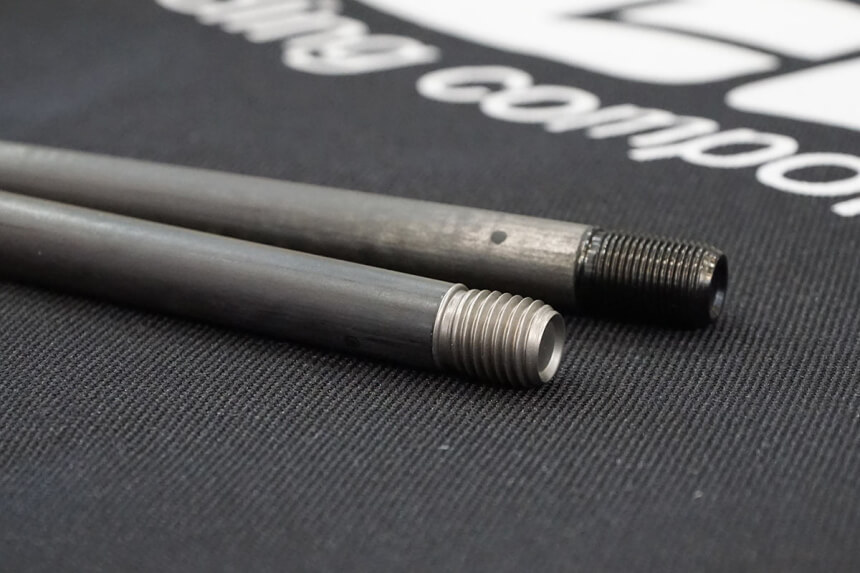 Thru axles are much more durable than quick release models because they tend to be 3 to 4 times thicker. This gives them a much higher tensile strength, ensuring that these pieces won’t bend or break, even when put under extreme stress. As well as being stronger, they are also safer to use since they won’t fail while you’re riding. The
Thru axles are much more durable than quick release models because they tend to be 3 to 4 times thicker. This gives them a much higher tensile strength, ensuring that these pieces won’t bend or break, even when put under extreme stress. As well as being stronger, they are also safer to use since they won’t fail while you’re riding. The 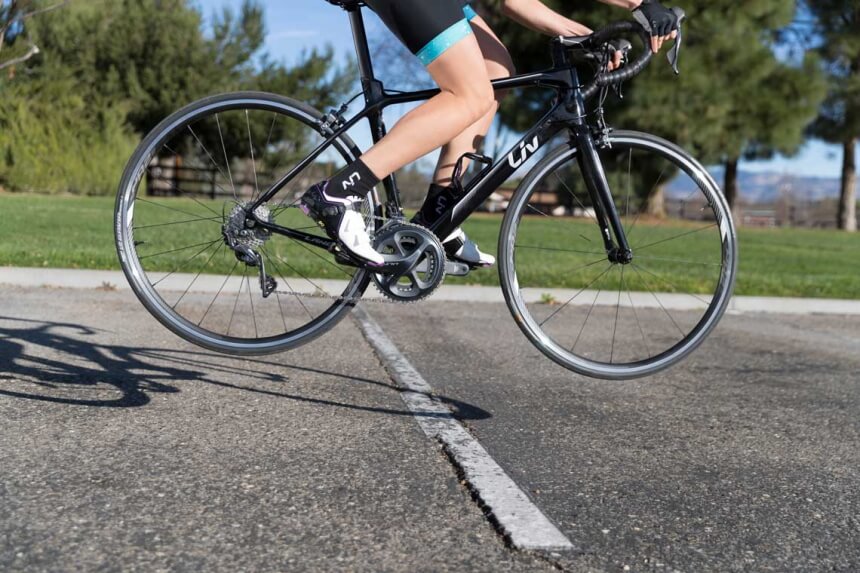 A bike’s handling and control are pretty important since these allow you to make those sharp turns and maintain your stability while you’re riding over all types of terrain. Thru axles are the best option for this type of control since they secure the fork arms together, increasing the strength of the bike’s front end and preventing flexing, even when you’re riding hard. The stiffer front end also increases the precision of your steering, even when braking hard, while absorbing more shock due to the even compression.
A bike’s handling and control are pretty important since these allow you to make those sharp turns and maintain your stability while you’re riding over all types of terrain. Thru axles are the best option for this type of control since they secure the fork arms together, increasing the strength of the bike’s front end and preventing flexing, even when you’re riding hard. The stiffer front end also increases the precision of your steering, even when braking hard, while absorbing more shock due to the even compression.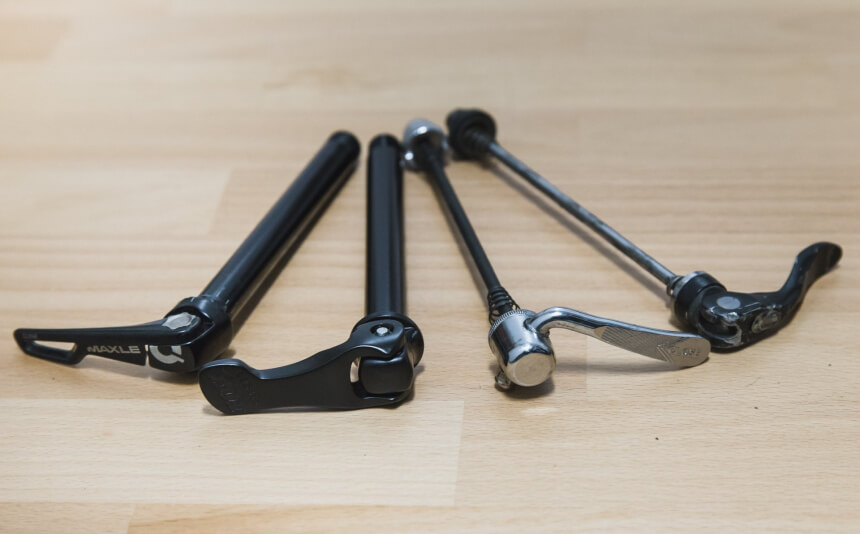 When it comes to the weight, the quick release axles are much lighter than the thru axles. In fact, quick release models are only about 40 to 50 grams each. The
When it comes to the weight, the quick release axles are much lighter than the thru axles. In fact, quick release models are only about 40 to 50 grams each. The 




